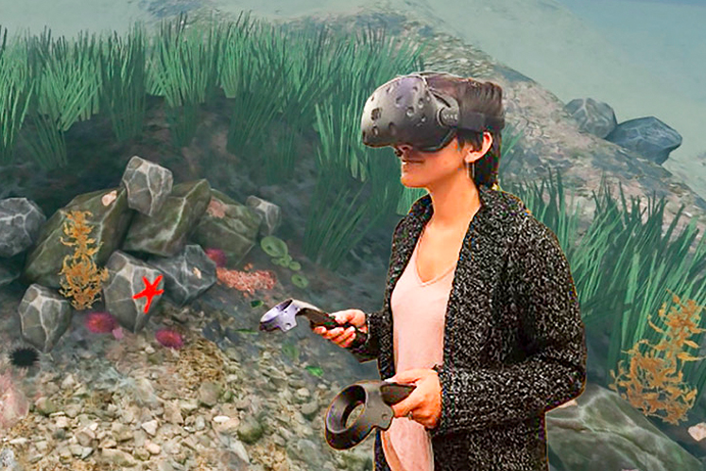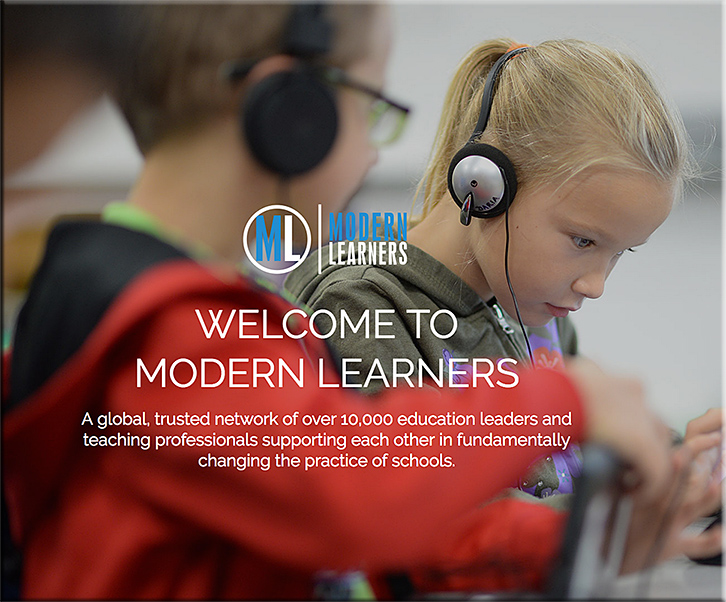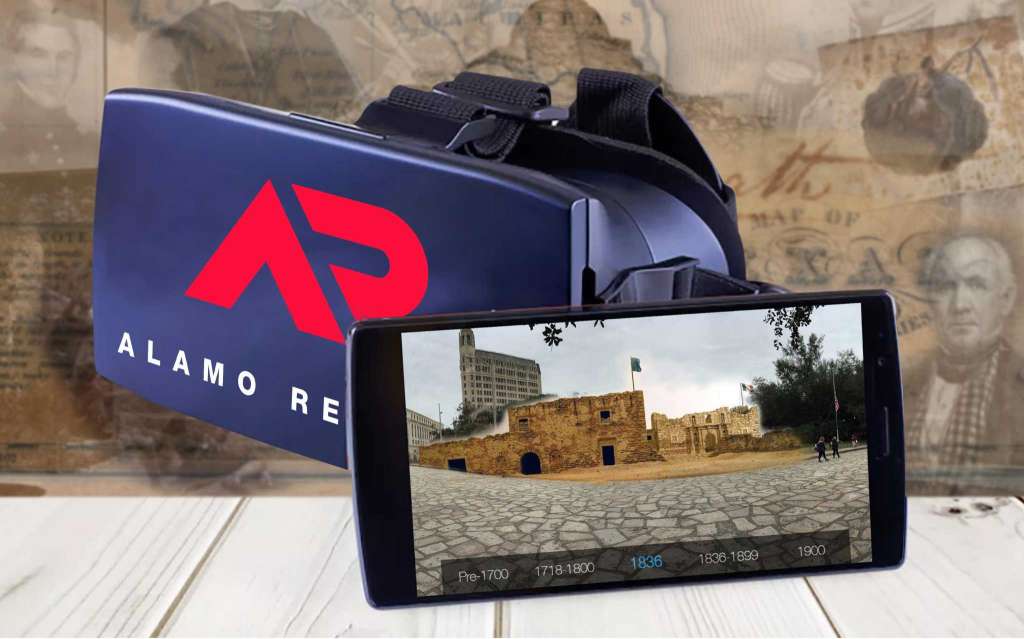From Elliott Masie’s Learning TRENDS – January 3, 2018.
#986 – Updates on Learning, Business & Technology Since 1997.
2. Curation in Action – Meural Picture Frame of Endless Art.
What a cool Curation Holiday Gift that arrived. The Meural Picture Frame is an amazing digital display, 30 inches by 20 inches, that will display any of over 10,000 classical or modern paintings or photos from the world’s best museums.
A few minutes of setup to the WiFi and my Meural became a highly personalized museum in the living room. I selected collections of an era, a specific artist, a theme or used someone else’s art “playlist”.
It is curation at its best! A personalized and individualized selection from an almost limitless collection. Check it out at http://www.meural.com
Also see:
From DSC:
As I understand it, you can upload your own artwork and photography into this platform. As such, couldn’t we put such devices/frames in schools?!
Wouldn’t it be great to have each classroom’s artwork available as a playlist?! And not just the current pieces, but archived pieces as well!
Wouldn’t it be cool to be able to walk down the hall and swish through a variety of pieces?
Wouldn’t such a dynamic, inspirational platform be a powerful source of creativity in our hallways? The frames could display the greatest works of art from around the world!
Wouldn’t such a platform give young/budding artists and photographers incentive to do their best work, knowing many others can see their creative works as a part of a playlist?
Wouldn’t it be cool to tap into such a service and treasure chest of artwork and photography via your Smart/Connected TV?
Here’s to creativity!









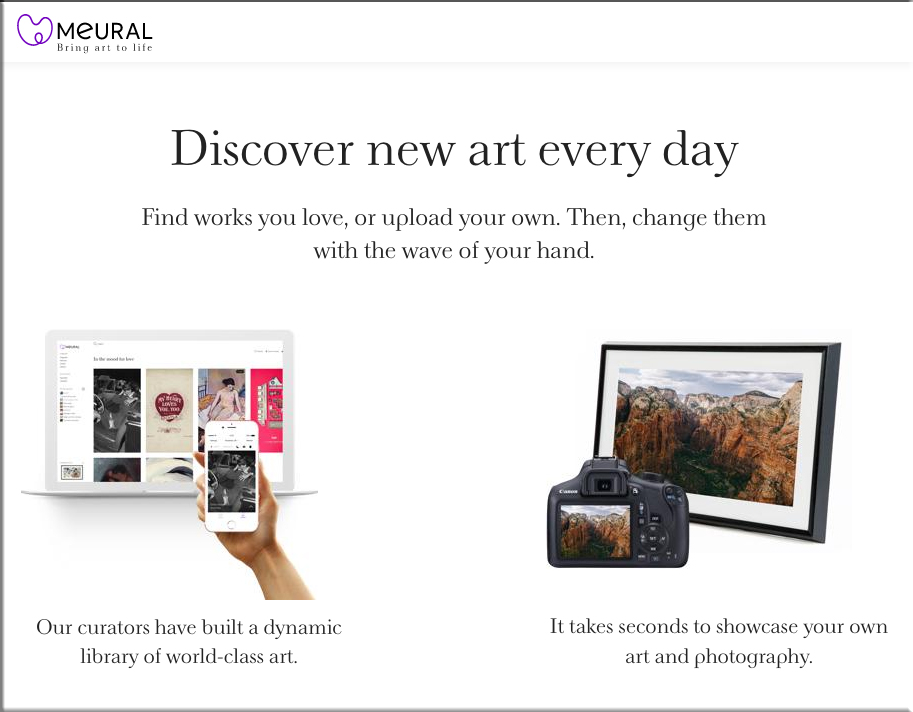

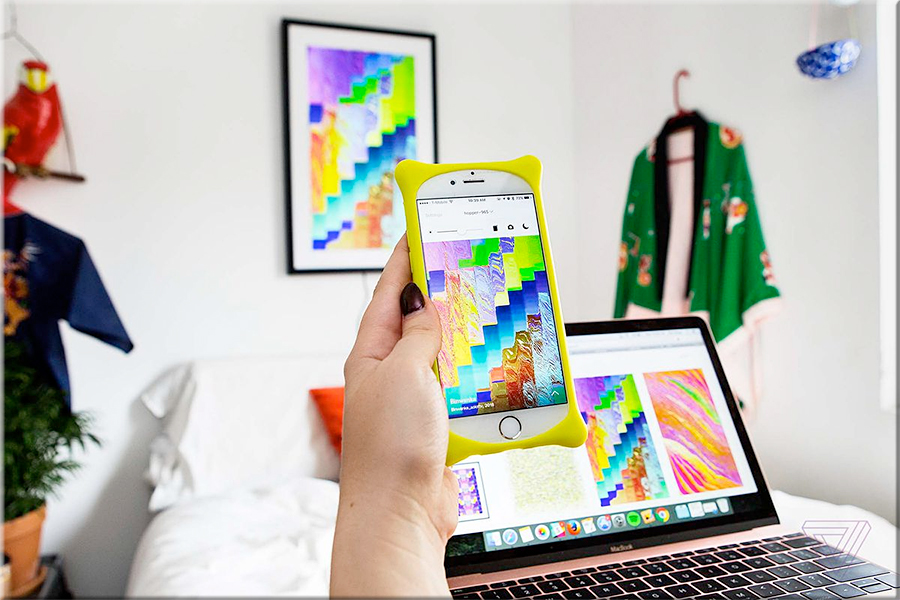

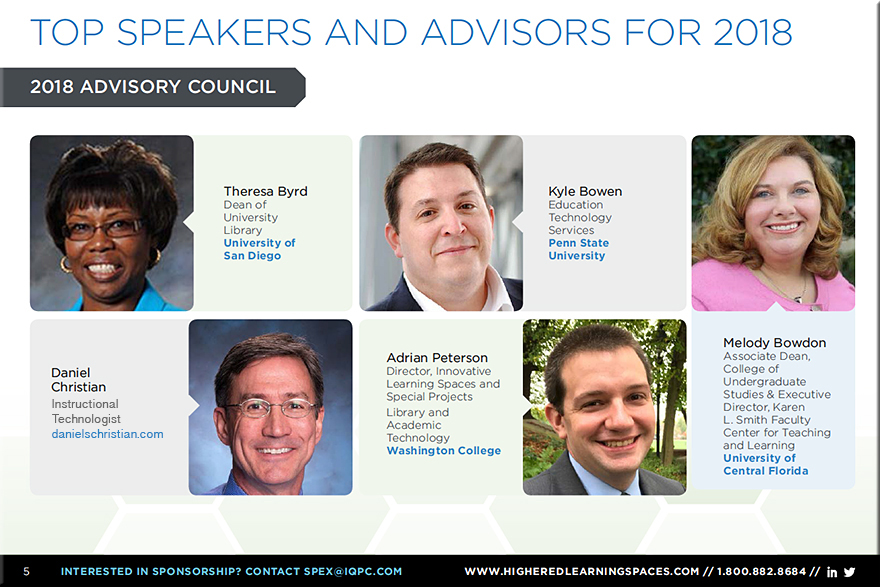
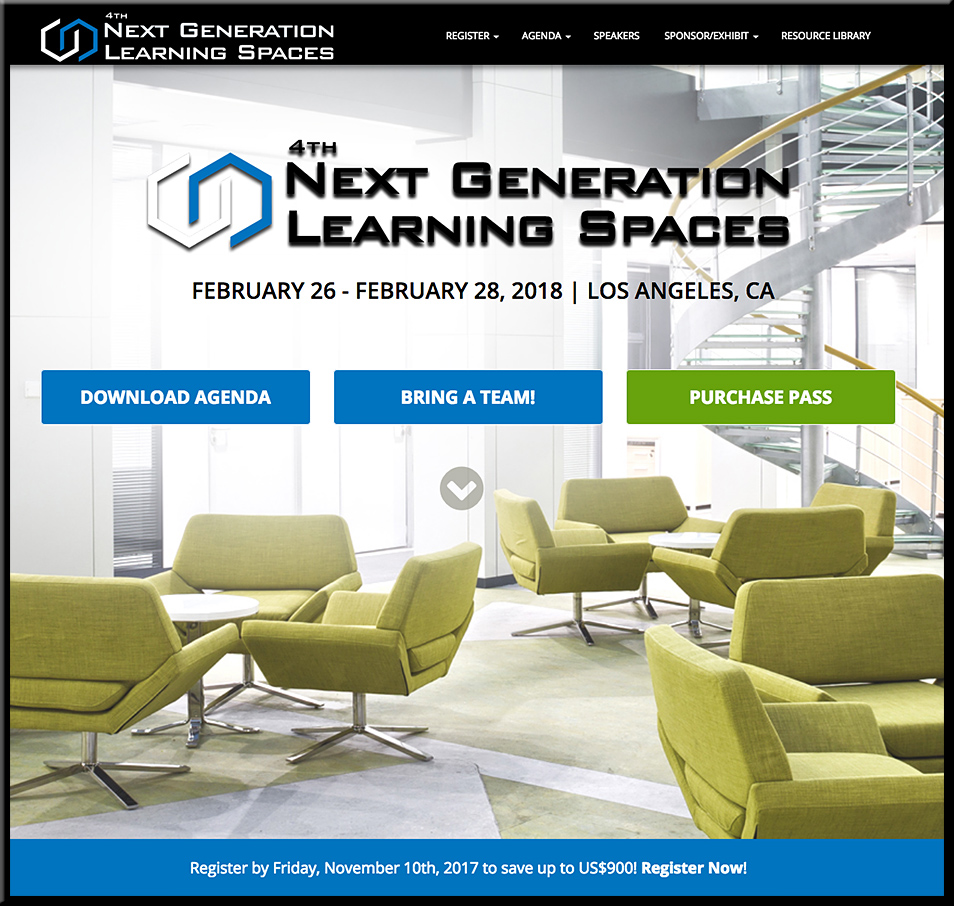
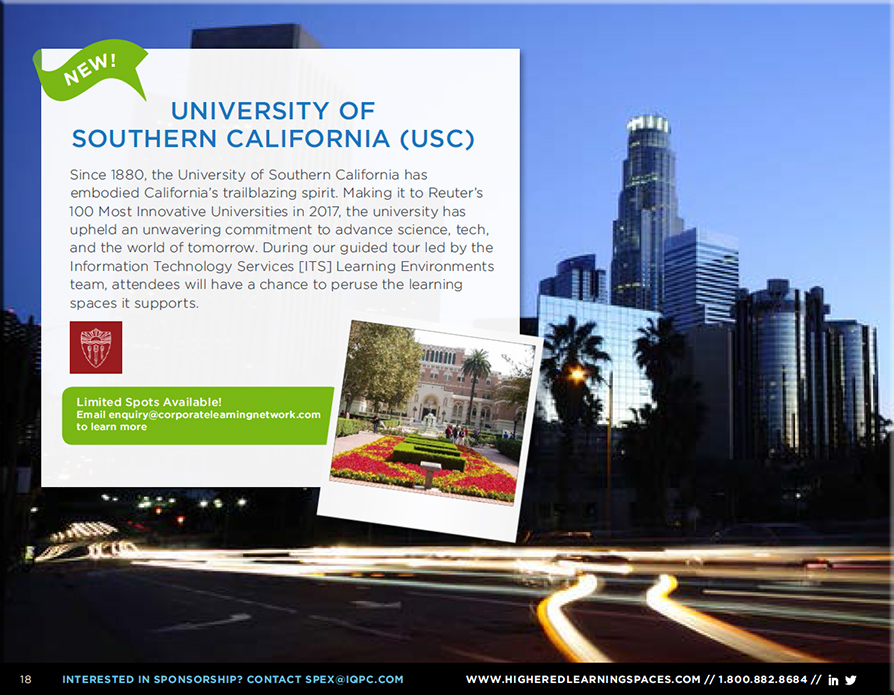


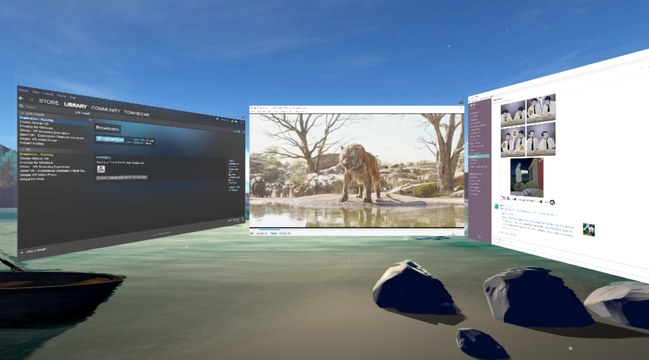
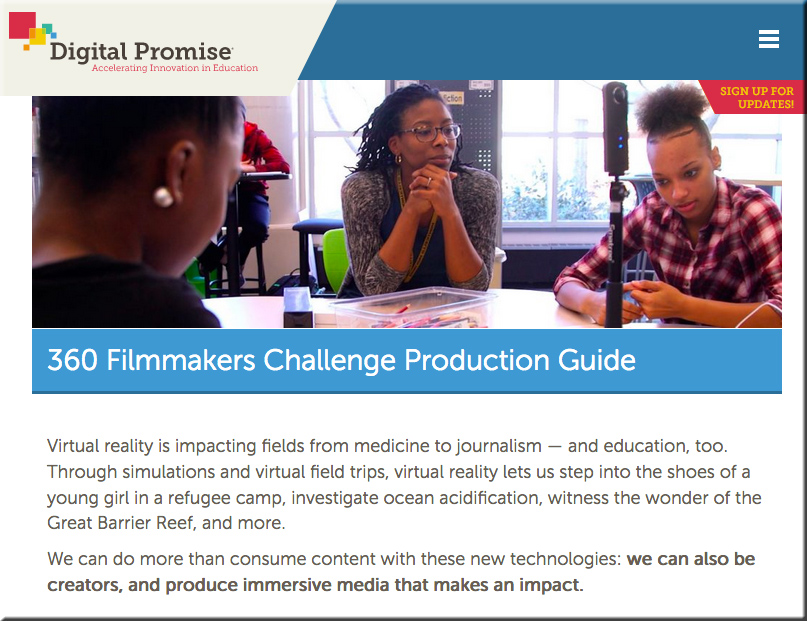
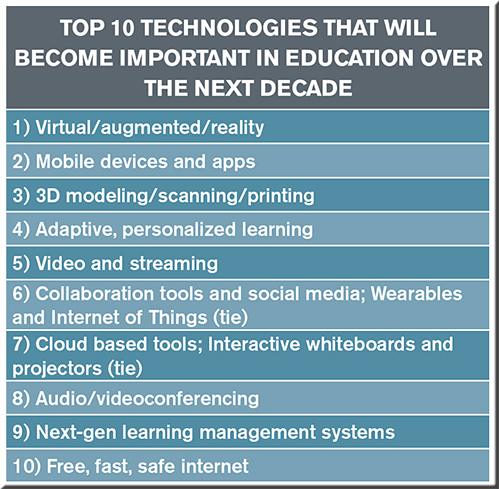
![The Living [Class] Room -- by Daniel Christian -- July 2012 -- a second device used in conjunction with a Smart/Connected TV](http://danielschristian.com/learning-ecosystems/wp-content/uploads/2012/07/The-Living-Class-Room-Daniel-S-Christian-July-2012.jpg)











